The passing of former Dundee United director Bruce Robertson, aged 84, on July 25 marked the end of an era.
The Robertson family are enshrined in United history and forever entwined with its survival, growth and greatest achievements.
Bruce took his place on the Tangerines’ board in 1991, having been gifted a sizeable shareholding by his father, Ernest — one of the most important figures in the Dundee United story.
Bruce’s son, Steven, told The Courier: “When my grandfather (Ernest) passed away, he gave my dad his shares — to this day we don’t know how big the shareholding was, but we think it was a controlling stake at that point.
“And he didn’t say, ‘look after your mother’. He said, ‘look after that football club!’
“That’s what Dundee United meant to Ernie and it’s what Dundee United meant to my father. Dundee United was Ernie’s baby and I know my father felt that responsibility.”
Dundee United’s survival and growth
Indeed, Ernest first took his place on the club’s board in 1929 and swiftly ascending to the chairmanship two years later — aged just 38.
Without recompense (by contrast, at great personal expense), Ernest helped to navigate United through some dire financial straits. Countless personal cheques were written and at one point he mortgaged his lemonade company.
Ernest’s creation of a football pools called Taypools proved a pivotal revenue stream the 1950s and ’60s.
He worked with the greatest managers to occupy the dugout at Tannadice: Jimmy Brownlie, Jerry Kerr and Jim McLean. The latter – the best ever – made no secret of his regard for Ernest’s efforts.
McLean once wrote: “Ernie was a Dundee United director who, more than most, kept this club going in the days when I started out as manager.”
Ernest, who passed away two years prior to United’s iconic Premier Division title win of 1983, repeatedly gifted shares to keep key individuals at the club and bring others into the fold, rather than seeking investment for financial gain.
It was in that manner that his son, Bruce, continued as a director, working under McLean and alongside Doug Smith, Bill Littlejohn and Don Ridgway.
In a less high-profile role than Ernest, Bruce was part of a board which sought to retain financial stability, oversee improvements to Tannadice and build a competitive team amid the roller-coaster of a Scottish Cup win followed by relegation.
As Steve recalls his father mentioning, he would also — on occasion — be charged with picking Duncan Ferguson up from a caravan park when the precocious front-man was late for training.
A labour of love, but labour nonetheless.
Selfless devotion
Steve added: “Both my father and Ernie were terrible for not taking any plaudits or having anything nice said about them! They were selflessly devoted to Dundee United Football Club.
“Although my father did not have the same role as my grandfather, he definitely did go down the same route of choosing the betterment of the club over financial gain.
“No decision was ever made for anything other than the good of the club.
“The legacy left by Ernie for my father is something he took incredibly seriously and wanted to protect the club at all costs. It’s difficult to put his devotion to the club into words, really.”
With the financial imperatives of the modern game becoming clear, United’s board came under increasing pressure to sell unissued shares in a bid to raise cash and improve the Tangerines’ fortunes.
Bruce’s time at United would come to an end following Eddie Thompson’s ascension to power in 2002. It was an acrimonious denouement for the ousted directors. However, it did not sour the family’s love of United.
Steve added: “My father continued to attend games until he couldn’t go anymore; he was at all the cup finals and huge fixtures of recent years.
“Any time I went to away matches, he would come too.
“The grandkids are now all involved, supporting United. The family all have United running through the veins and, even when things weren’t going great down in the Championship, my dad was there when he could be.
“He didn’t walk away from supporting the club.”
Bruce was husband to Mary Ann, father to Derek and Stephen, father-in-law to Deidre and Karen, grandfather to Euan, Megan, Keiran and Georgia, and great-grandfather to Freddie.
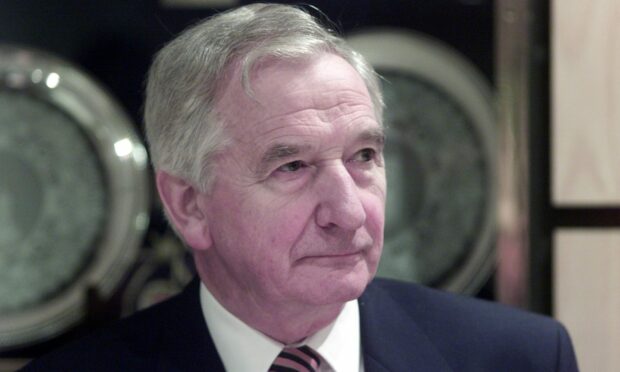
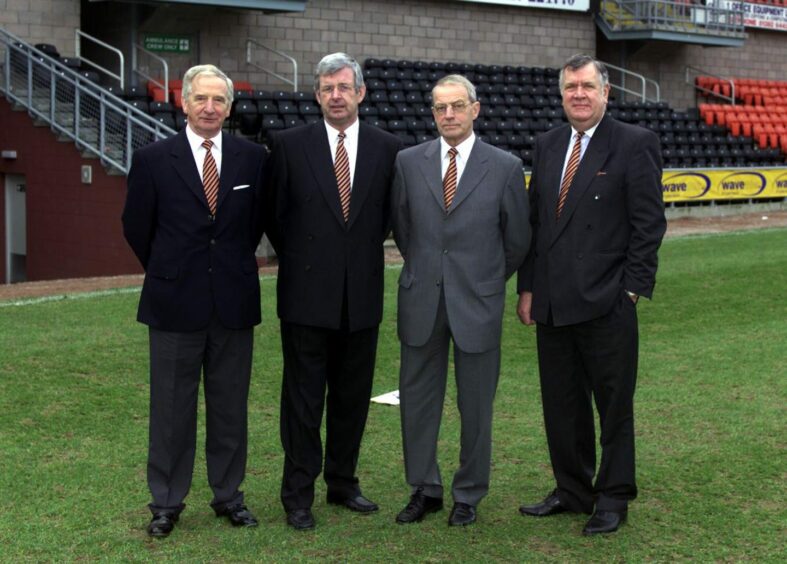
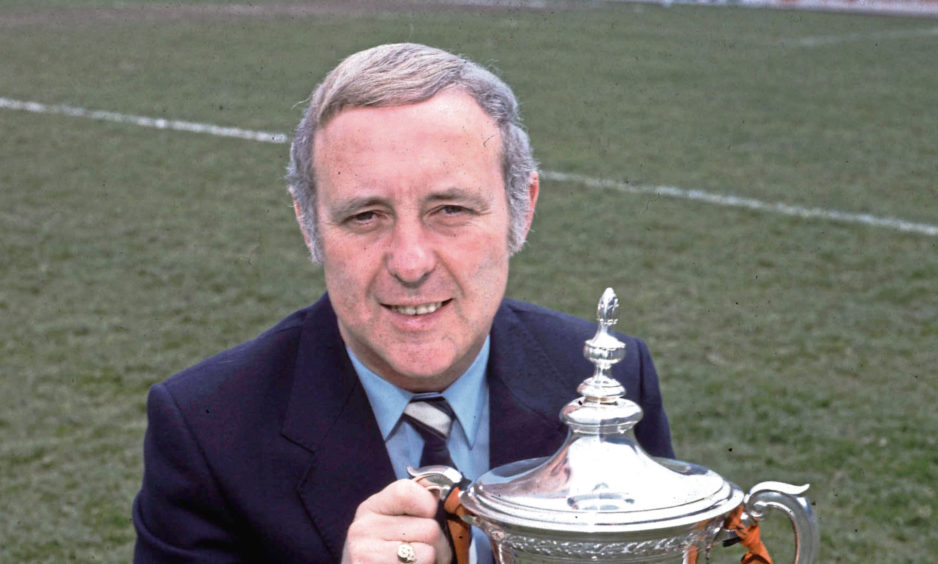
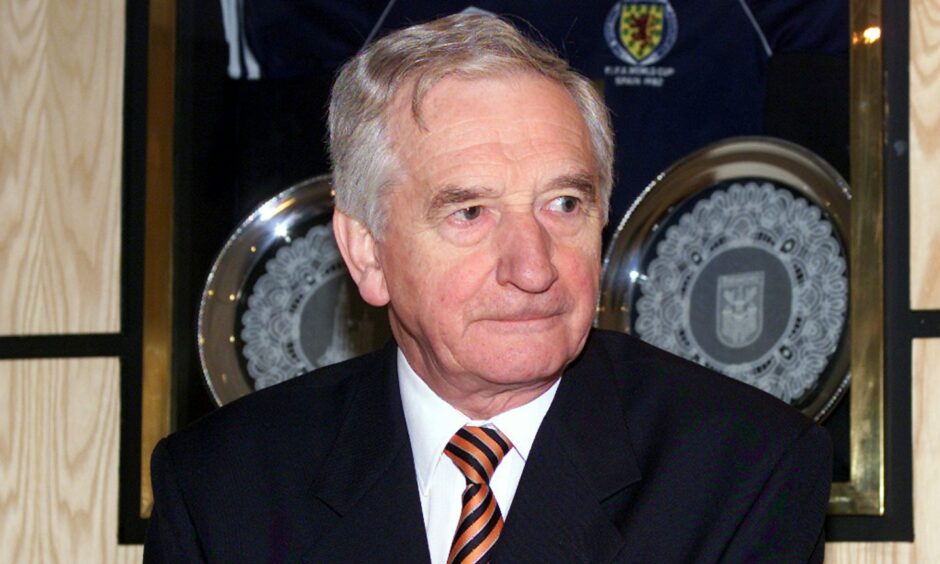
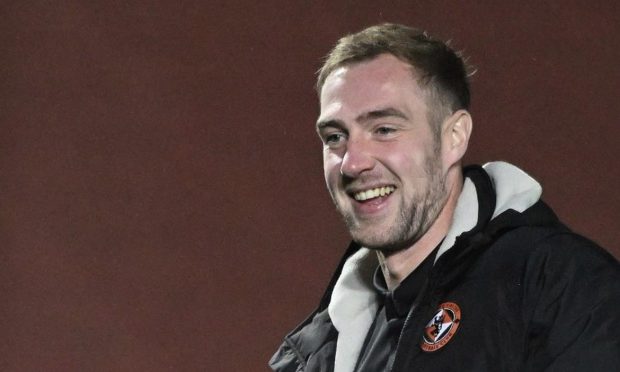
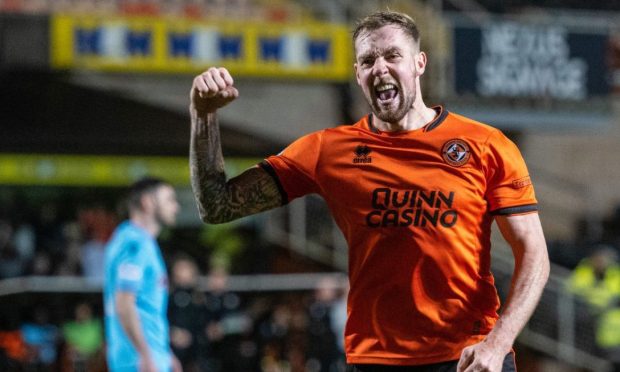
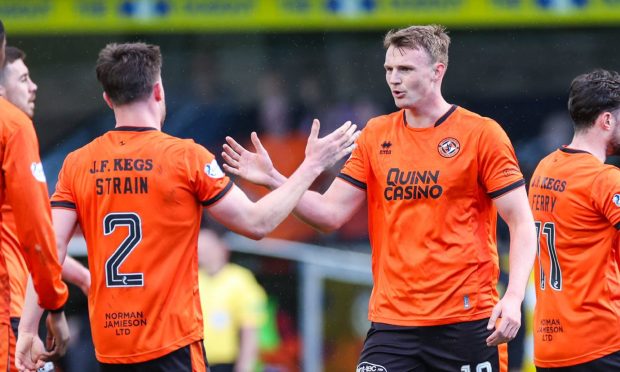
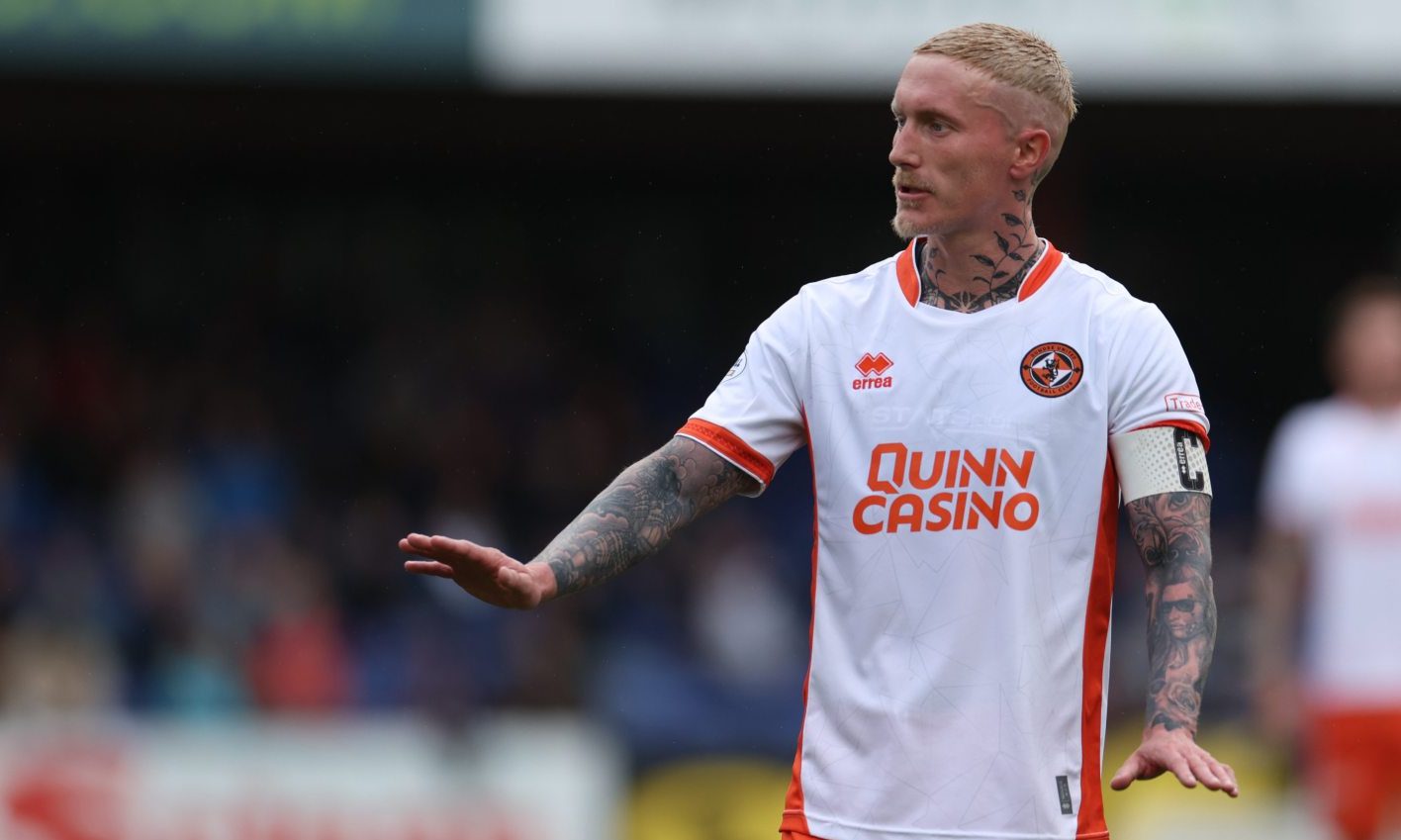
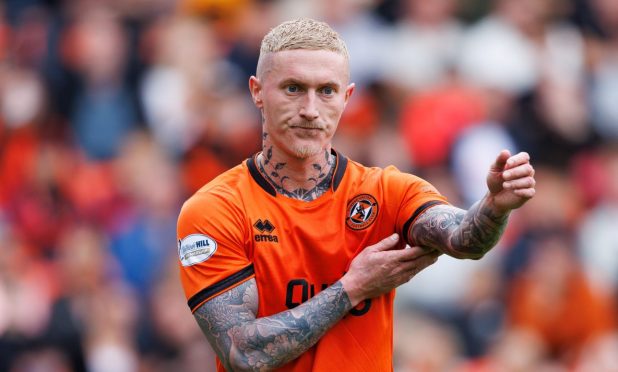
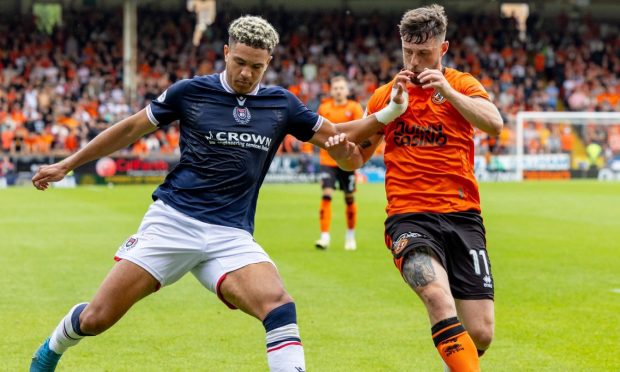
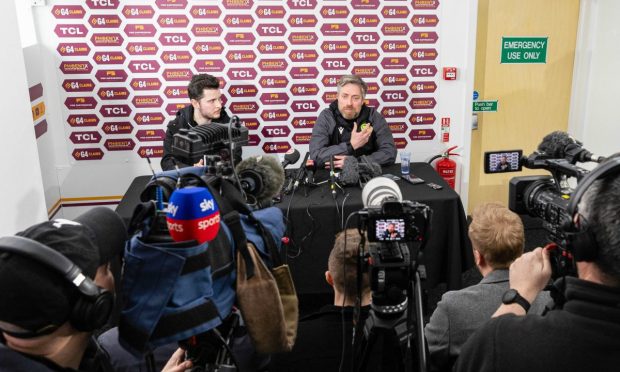
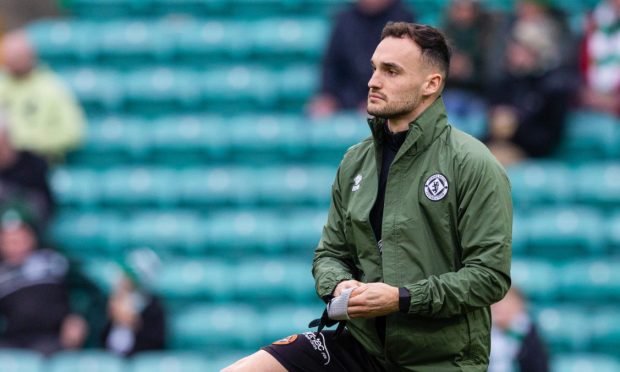
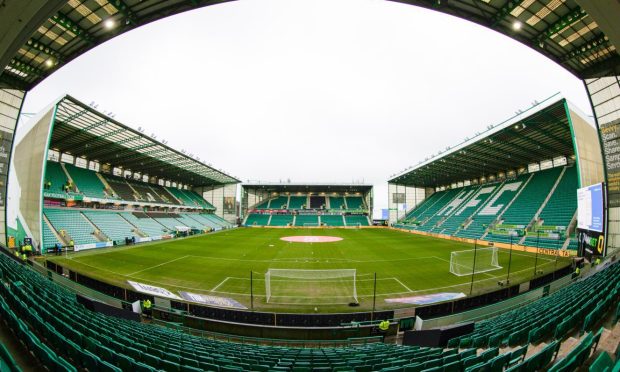
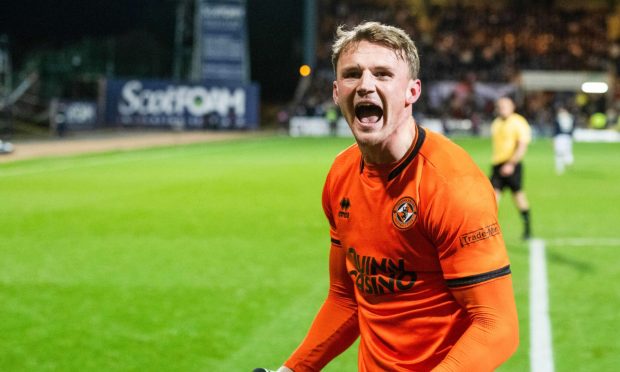
Conversation